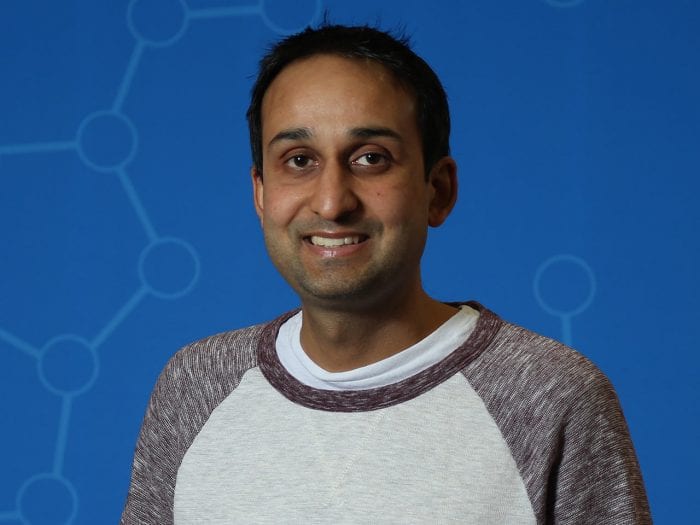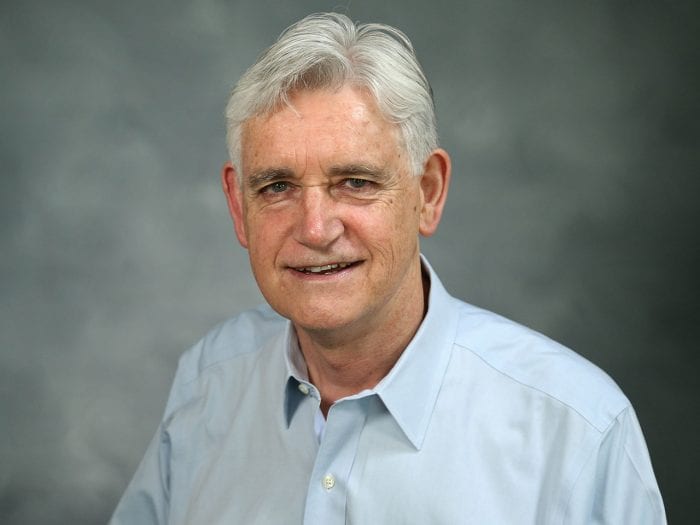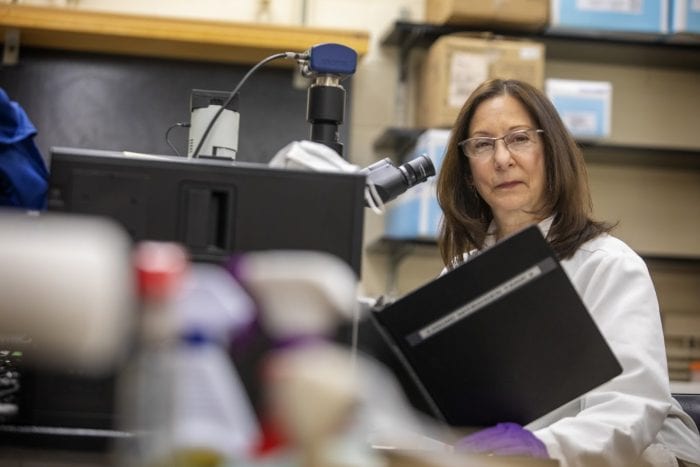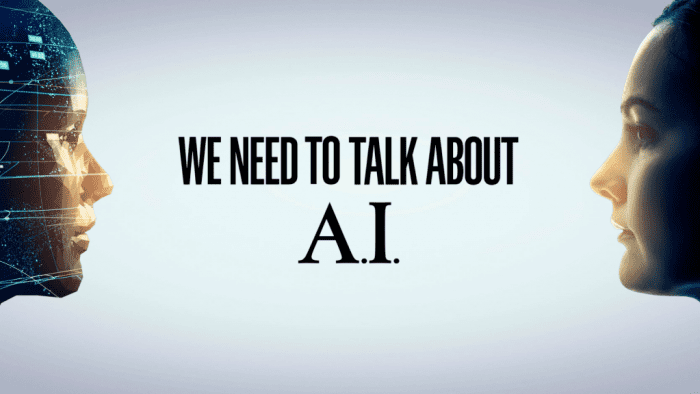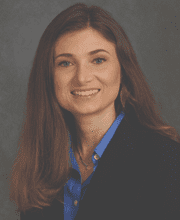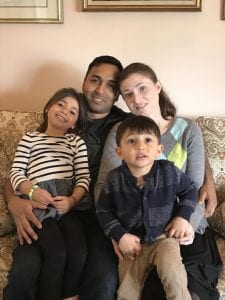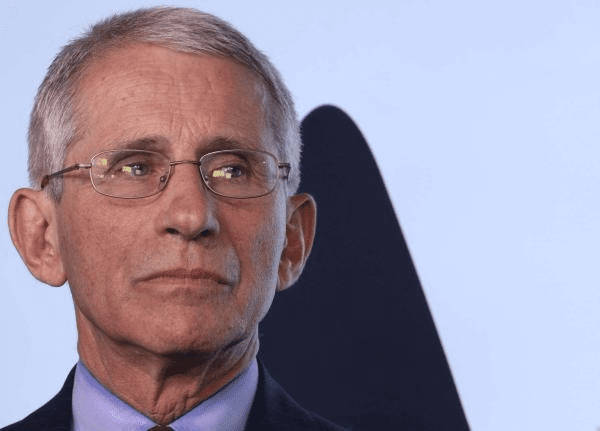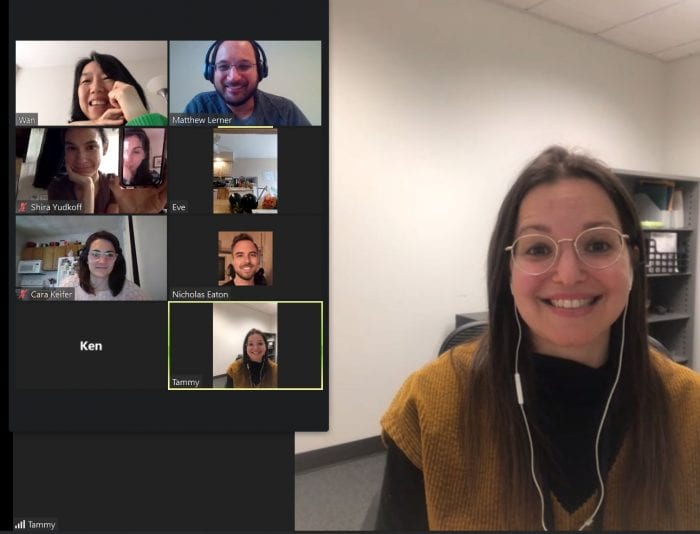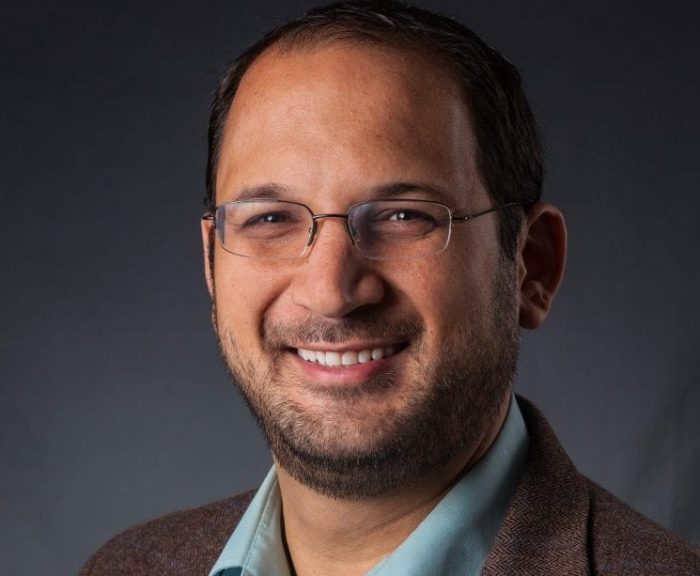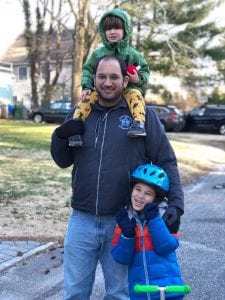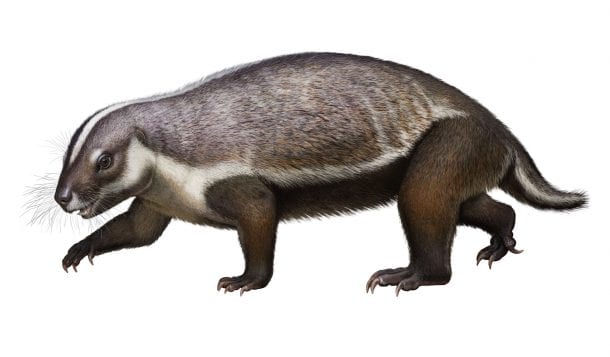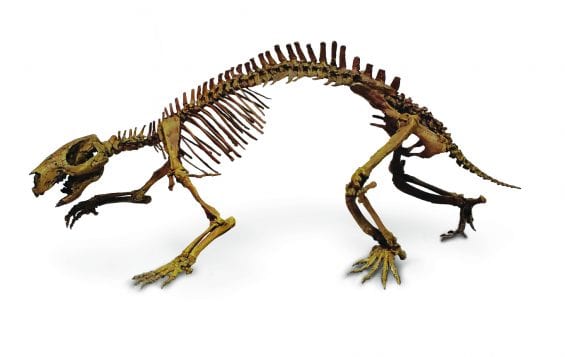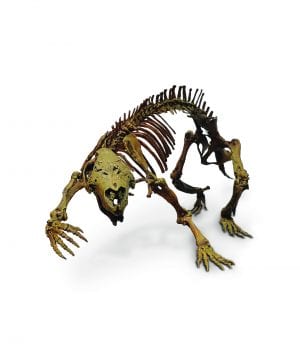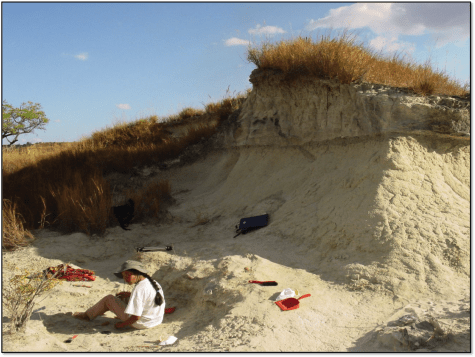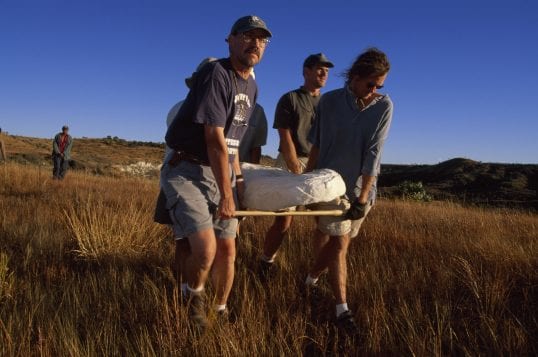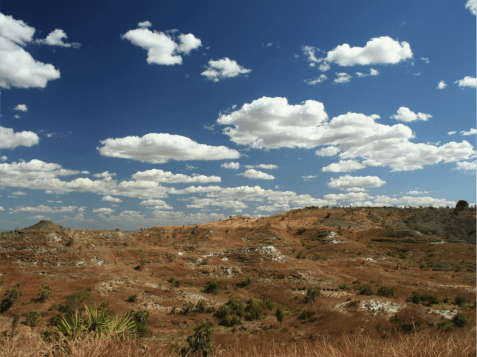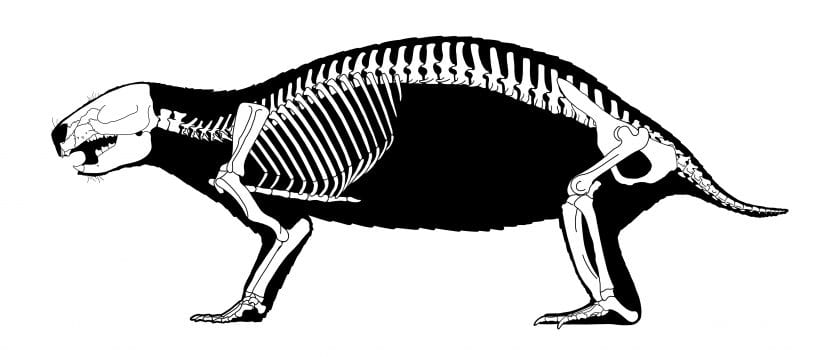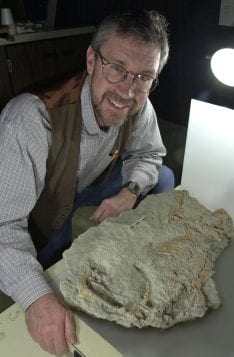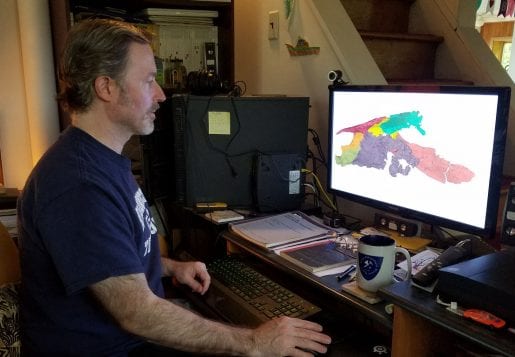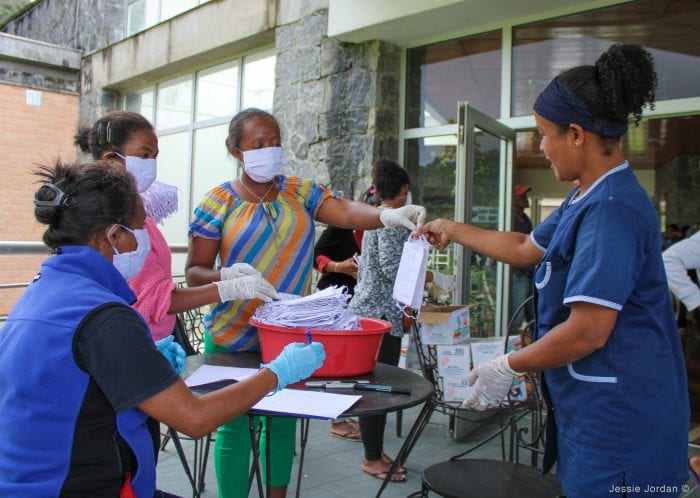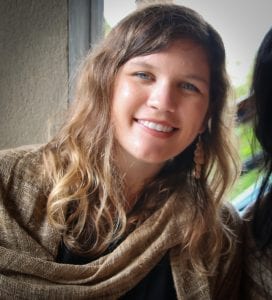By Daniel Dunaief
When people walk into their own home, they immediately ignore sensory cues around them. They may not notice the picture of their children on the wall, the lush leaves of the ficus plant, or the constant smell of soup that greets them when they return from work.
Similarly, animals and even flies become accustomed to cues in their environment, habituating to them so they can focus on more important signals, like the smell of nearby food or the appearance of a fly swatter.
Cold Spring Harbor Laboratory Associate Professor Saket Navlakha and his post doctoral researcher Yang Shen recently studied the way flies subtract smells from the environment, giving them the opportunity to focus instead on odors that might be more important to their lives.
In a paper last month in the Proceedings of the National Academy of Sciences, Navlakha and Shen converted the way flies use a signal filtering process to create a computer algorithm.
Navlakha explained that the tandem were using computer science to understand better a basic biological phenomenon of habituation and how it happens. “We’ve been studying background subtraction,” he said in a recent interview.
One of the applications for their work is in electronic noses. Hotels and even military departments may in the not too distant future use these systems to process odors to determine what’s in the environment.
These electronic noses detect faint signals within noisy backgrounds. Habituation enables them to remove from consideration those scents that would otherwise distract from the goal of scanning the environment for new information.
Navlakha suggested that humans, who are often a visually dominant species, are not always the best species at using a sense of smell to perceive the environment.
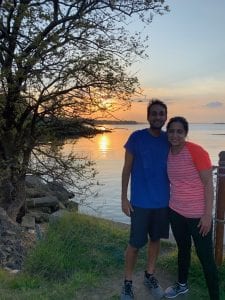
“Many other species rely on their noses as much as we rely on vision,” he said. “We don’t always have an intuitive sense of what is possible in the olfactory space. Sometimes, that limits our imagination.”
While Navlakha is not crafting sensors that can detect compounds, he is working on the computer science analogs to odor recognition and discrimination. He is exploring the kind of data analysis that would have applications in a range of fields.
In one example, he said a sensor in an airport might be surrounded by a symphony of smells, including new pungent or even subtle toppings on pizza or even a new cologne from someone working in a watch repair store.
The sensor might need to sift through all that data to find someone who is transferring a toxic chemical through an airport, the scent of which might be faint and almost insignificant compared with the other odors spreading through the terminal.
In a more everyday example, a sensor in the refrigerator might detect the subtle changes in odors emitted by foods that are starting to become inedible, such as an onion or cream cheese.
“You want to detect” when food is starting to turn so you can “eat it and use it” before it becomes inedible, Navlakha said. “These are the kind of problems we are exploring on the data analysis side.”
Navlakha specifically looked at the activity of Kenyon cells, which are special odor neurons. When a fly receives a new scent, about five percent of these cells turn on, developing a unique activity tag.
Once the fly becomes habituated to a smell that isn’t relevant for its survival — either to indicate the presence of food or to announce the arrival of a predator — Navlakha believes the number of Kenyon cells that make up the tag for the odor declines. While this is his theory, he said more work needs to be done to confirm these predictions.
A new odor repeats the process, bringing the fly’s attention to a new smell. The fly brain in principal can reverse the subtraction process for habituated odors if the odor becomes more rare or important for the fly’s survival. Researchers need to conduct more work to confirm this as well.
Navlakha hopes to frame the fluid process of recognizing, habituating and bolstering the signal for odors to understand how the brain is functioning.
He said the fly brain responds to smells based on two mechanisms. In the first, the fly has an innate, evolutionary behavior. In the second, the fly learns through experience. Navlakha studied the learned behaviors.
The next steps involve pushing more on the experimental front, determining the limits of odor discrimination and looking at the role of habituation.
He hopes to extend an experiment that others have done with people. Experimenters took three odors that were all relatively similar that come from three flowers. Most people could not discriminate between two out of the three odors. In an experimental group, they allowed people to habituate to one of three smells and then they had to discriminate between the other two. By subtracting out the common part of all three smells, they were more successful at decoding the difference between the others.
“We want to see if we can do this in fruit flies” while recording from a region of the fly brain called the mushroom body.
Navlakha also bought an electronic nose. Using this artificial system, he wants to test odor discrimination algorithms.
“One thing this would allow us to do is to test and validate these algorithms to see how well they perform,” he explained. “There are all kinds of tests to see what kind of power these sensors have.”
In the PNAS paper, Navlakha mostly used the literature for their biological inspiration. They discussed numerous parts of the paper with biological collaborators and including biological experiments. They did not introduce any new biological data.
He came across this literature about 18 months ago.
“We thought it was interesting because we could understand the whole series of transformations when a fly smells,” he said. He worked on how to understand the process from input to output.
During the COVID-19 lockdown, he has been spending considerably more time doing theoretical work and modeling. He and his wife Sejal Morjaria have also gotten out of the house to do some running.
As for his work, Navlakha is hoping to build on what he’s done so far and expects he will, if you’ll pardon the pun, follow his nose as the research progresses.

